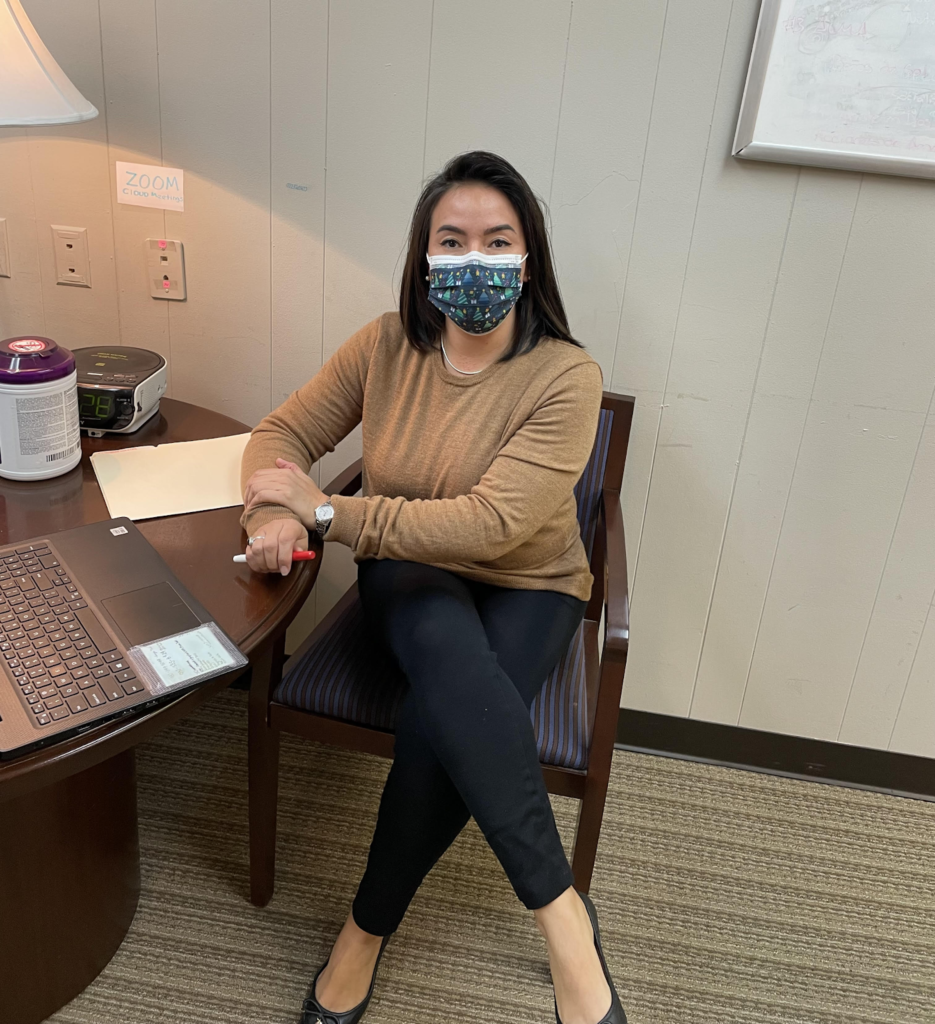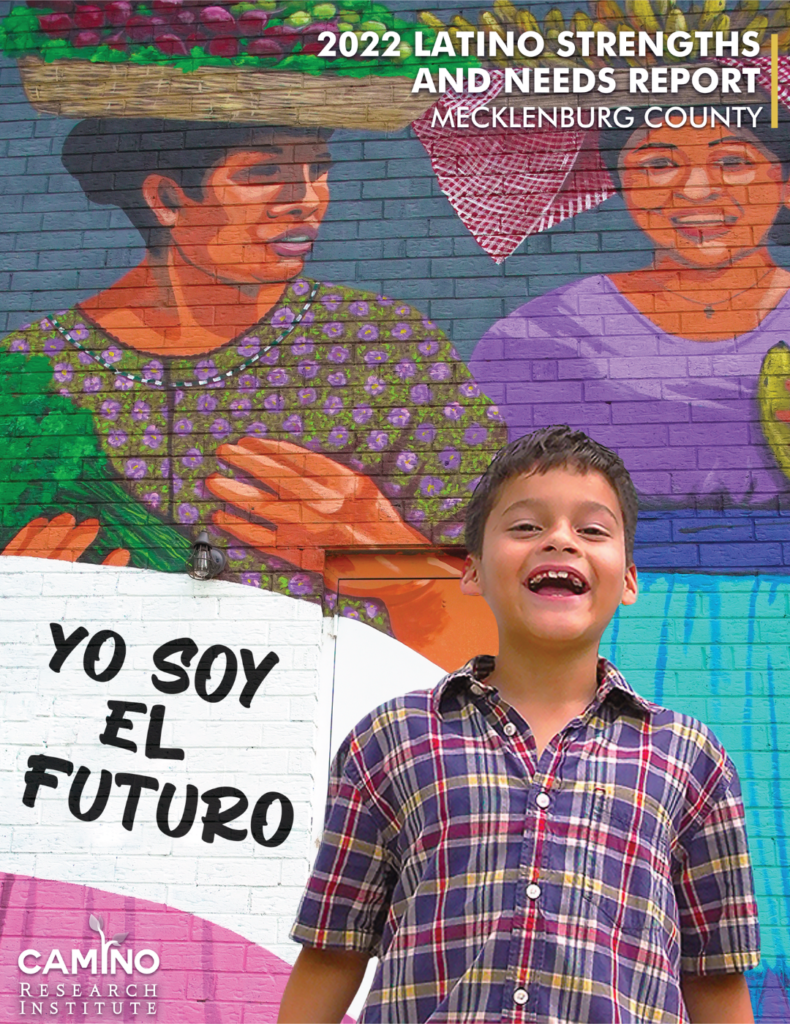
Therapy is a tool for mental health improvement that anybody can benefit from. It is a safe place for people to discuss the problems, feelings, beliefs, and issues they may be struggling with. Here at Camino Health Center, we offer support for patients who may be struggling with their mental health. Camino Contigo, our behavioral health program, focuses on improving the mental and behavioral health of our community in a bilingual and multicultural manner. Contigo has a wide variety of services including social navigation, peer support services, group therapy, and individual therapy. At Camino, you get a chance to talk to a licensed professional who assists people in changing self destructive behaviors. These professionals have experience working with the two types of therapy offered here, group and individual therapy. While both are great methods that offer a lot for a person in terms of support, they vary in the ways they aid people. It is important for patients and potential patients to know the aspects that differentiate these two types of therapy as they may be suited more towards one method than the other.
Jimena Watts, one of our therapists at Camino, is a licensed clinical social worker who specializes in serving the Latino population. She has been studying mental health for more than nine years and her focus is on rebuilding a person’s mental health and helping them grow as a person. She believes that therapy can benefit anyone, regardless if it is group or individual therapy. “They increase the awareness of the concerns they are having and they’re able to create solutions and practice them. Therefore, they feel better after seeing that they are able to change that issue,” Watts says about therapy. To her, there are still many differences between the two methods in terms of how they operate, their atmosphere, and the pace of progress made. These factors may determine whether a patient will flourish better in individual therapy or group therapy.
Group therapy is when a therapist treats a small group of patients together at the same time. It has many benefits that many diverse people find appealing:
- It is a place where people with similar struggles can provide emotional support to one another in a safe and inviting environment.
- It shows them that they are not alone.
- It can cultivate a sense of safety within a group.
- It can bond individuals through shared experiences.
- People can be inspired by the triumphs of others in the group and use that to better their own lives.
- People can give support as well as receive it, which some may need throughout the process of healing.
This is what the environment for group sessions at Camino Contigo are brimming with. “They’re able to feel accompanied and feel a sense of community in terms of their issues. Just being in a community and being able to learn from each other is what benefits them the most in that community sense.” says Watts on what people get out of group therapy. Many people can make lifelong friendships through group therapy, though it still may not be the optimal choice for some. With this method, the patient is not the center of focus, therefore, less time will be spent on addressing their unique obstacles. There is also less privacy in group therapy, something many people may find uncomfortable. Instead of bettering themselves, many patients have been known to just ride the success of others by living vicariously through them. Groups tend to have specific meeting times that cannot be altered so it may not work best with everyone’s schedule. Lastly, some people may be too shy, making them uncomfortable in a place like group therapy. This usually steers them towards the other option, individual therapy.
Individual therapy is when a client sits down with a licensed professional one on one without the social elements of group therapy. It has a wide variety of strengths that lead to many people choosing this method:
- Privacy is a huge factor, having no one else involved in your deep and personal thoughts except for the therapist.
- It helps patients who have the desire to have more direct interactions with the professional, something one would not be able to get in group therapy.
- A patient receives the uninterrupted attention they may require, making sure they are deeply analyzed and that their problems can be looked at extensively.
- The goals that are identified and developed throughout the process can be more specific and geared towards the individual. This also applies for the pacing of the sessions and the progress made.
- It can work better with their schedules as securing an individual session will be easier than waiting for a time the whole group can meet with group therapy.
“They learn the fastest, become a bit more knowledgeable, therefore, they’re able to increase their self esteem or they help themselves by learning. Once they are able to understand their problem, create solutions and then apply them, they become stronger, not just mentally but also spiritually,” says Watts. This is what is highlighted at Contigo in individual sessions, focusing particularly on the one person to get a more detailed picture on how to solve their personal concerns. The drawbacks of individual therapy can still lead to some choosing another option. Many people tend to open up easier when around others with similar problems, something that won’t be provided with individual therapy. Some find it comforting when they can identify with others, hearing their problems and being able to relate to them. Other people just may not enjoy the spotlight of having all the focus be on them and would have a smoother time healing when in group therapy.

Jimena Watts says that most patients prefer individual therapy over group as they love the safety and protection they find when they are discussing deeper issues. In her eyes, there are no disadvantages when it comes to individual therapy. Many licensed professionals like Jimena Watts believe that individual therapy is more helpful than group because of the amount of time you get to spend on issues. “You can benefit from both but you will benefit more if you go into individual therapy because the therapist should be personalizing the treatment, coming up with a more in depth solution,” Watts says.
Both methods of therapy are incredibly helpful and can benefit nearly everyone who gives them a chance. The major differences between the two can determine which will be more helpful to a particular patient. Many find comfort in group therapy based on the social aspects of it while others may not find it that extensive. Many patients prefer individual therapy due to the privacy and intimacy, while others may find it too intimidating. Ultimately, both can be beneficial to anyone who elects to receive either for their health. “Any therapy is better than no therapy,” Watts states. Group and individual therapy here at Camino both have many benefits that have helped numerous people get through their struggles with mental health. They both serve Camino’s mission of equipping people to live healthy, hopeful and productive lives.








